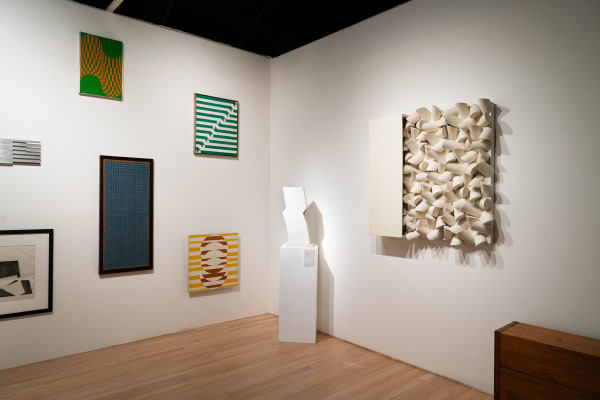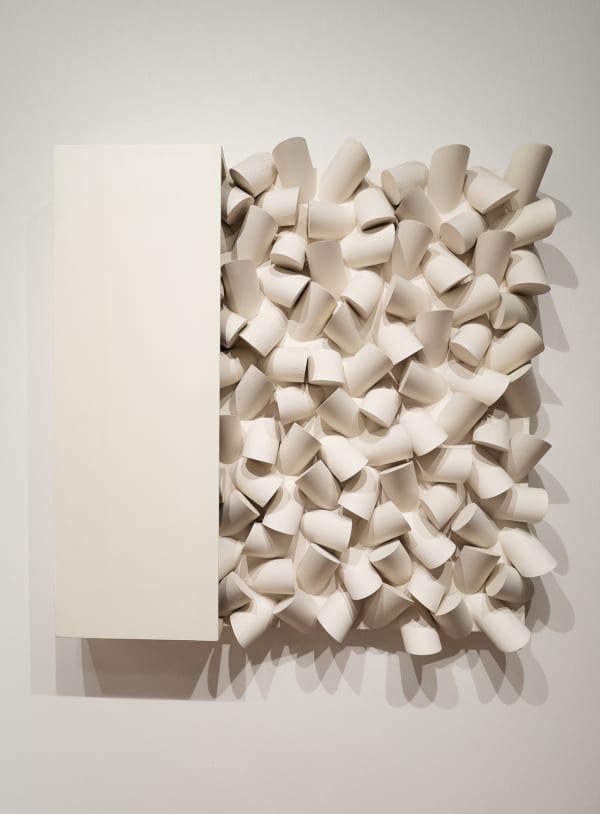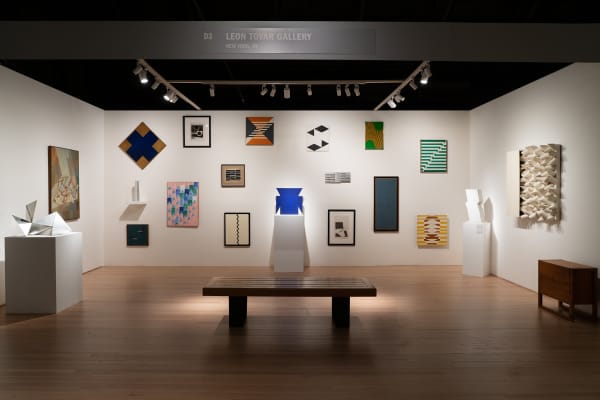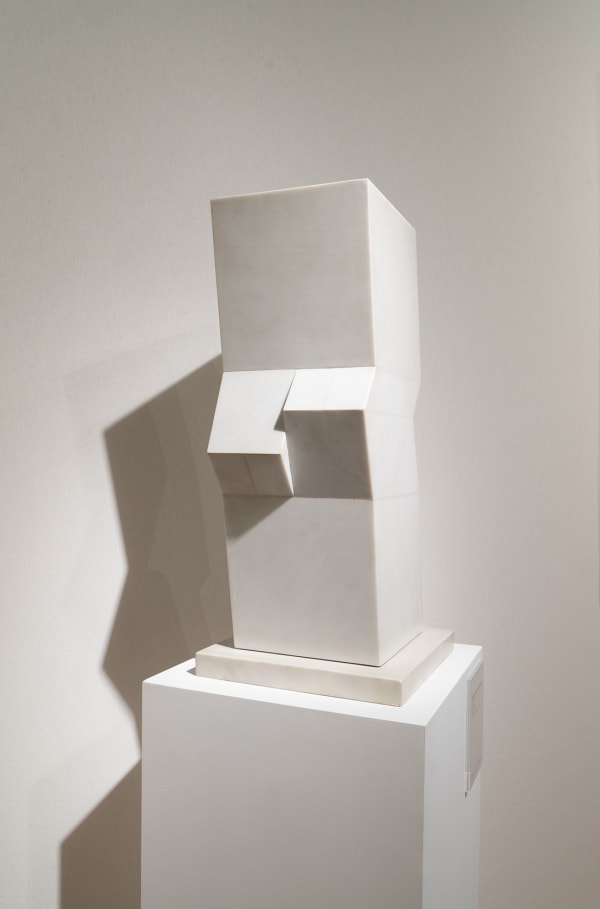For its second presentation at the ADAA Art Show, Leon Tovar Gallery proposes a display examining the highly experimental and eclectic artistic practices of Brazil during the twentieth century. Whether engaging with figuration, Constructivist currents, or revolutionary practices, Brazilian artists challenged the notion of the insular art object, transforming it into a vehicle in which rigid boundaries—both national and art historical—were powerfully transgressed.
In Brazil, the 1920s was a time of radical artistic experimentation, spurred on by events like the Semana de arte moderna. As Edward Sullivan writes in his essay for the 2001 Guggenheim exhibition Brazil: Body and Soul, “Latin American Modernists of the 1920s were aware of stylistic strategies from abroad, but sought to create new paradigms for national audiences.” Artists like Tarsila do Amaral, whose art historical importance has been the subject of major recent consideration in exhibitions at MoMA and the Museu de arte de São Paulo, urgently cultivated a visual language in which European currents were inflected with distinctly Brazilian subject matter and color. Her work embodied the spirit of “Antropofagia,” a concept elucidated in textual form by Oswald de Andrade, who argued for a metaphorical cannibalization to be practiced by Brazilian artists, thus empowering them to devour and digest international artistic trends as they saw fit.
The concept of Antropofagia would resonate within Brazilian art, with later artists represented in the Neoconcrete group, formed in 1959, engaging with this idea. But if artists like Amaral opened up their practice to a powerful sense of place, history, and tradition, the Neoconcrete group equally opened up their art to the world, transgressing artistic categories and undermining the primarily visual experience of art. Dynamic and experiential, their work often depended on a sensuous interaction with the viewer, incorporating their presence as an integral part of the artwork. While artists like Mira Schendel and Sergio Camargo operated independently of the Neoconcrete group, their respective practices likewise continuously unfold in time, creating artworks that cultivate an active dialogue with the viewer and the surrounding space.
Taken together, Leon Tovar Gallery's display is a multi-generational presentation that incorporates artwork from towering figures in the history of twentieth-century Brazilian art. In this dynamic display, visitors will see artwork that is characterized by a radical sense of openness—whether this openness constitutes infusing European visual languages with Brazilian signs, or removing the art object from its usual isolation, and opening it onto the world.









